Find Us
Low-Mass Stars and Exoplanet Research Group
Instituto de Astrofísica de Andalucía (IAA-CSIC)
Glorieta de la Astronomía, S/N 18008 Granada (Spain)
Our research group specializes in the study of low-mass stars and exoplanets using transit photometry and radial velocity techniques. We are leading actors in cutting-edge international projects such as CARMENES, PANIC and Photonic EMARCOT, as well as actively participate in numerous projects such as SPECULOOS, TESS, CHEOPS, PLATO, Ariel, and the ELT/ANDES. Read below a short description of these projects to learn more. Our expertise in these fields allows us to contribute significantly to the advancement of our understanding of the universe beyond our solar system, unraveling the mysteries of distant stars and their planetary systems. Explore some our publications in the following NASA/ADS Libraries: Publications 2023, Publications 2024, Publications 2025

The CARMENES (Calar Alto high-resolution search for M dwarfs with Exoearths with Near-infrared and optical Échelle Spectrographs) is an international initiative to detect exoplanets orbiting red dwarf stars employing two high-resolution Échelle spectrographs, one operating in the near-infrared and the other in the optical spectrum, installed at the Calar Alto Observatory in Spain. The project focuses on identifying Earth-like exoplanets within the habitable zone of these stars, where conditions might be right for liquid water to exist. CARMENES aims to expand our understanding of planetary systems around M dwarfs, which are the most common type of star in our galaxy, potentially revealing new insights into the frequency and diversity of potentially habitable worlds beyond our solar system. Read More

PANIC (Panoramic Near-Infrared Camera) is optimized for the 2.2m telescope of the Calar Alto Observatory (Almeria, Spain), and it can also be used at the 3.5m telescope, with very good performance. At the 2.2m telescope PANIC4K (the recently upgraded version of this instrument) offers a FOV of 26.3 x 26.3 arcmin thanks to a monolithic HAWAII-4RG detector (4096x4096 pixels) with 0.37 arcsec/px. It covers the 0.8 µm - 2.5 µm wavelength range with the standard broadband filters Z, Y, J, H, and Ks and the H2 and Br-gamma narrow band filters. PANIC is a joint project of the MPIA (Heidelberg, Germany), the IAA-CSIC and the Calar Alto Observatory (CAHA). Read More
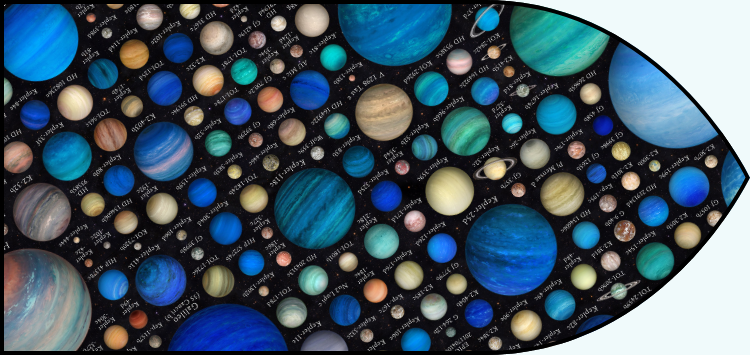
The Photonic EMARCOT Project (Multi-Array of COmbined Telescopes) is an innovative modular astronomical infrastructure designed to revolutionize the field of exoplanet studies. Its main scientific goal is to conduct large-scale surveys, which are prohibitive at other facilities like the James Webb Space Telescope or extremely large telescopes. Thanks to its last-generation capabilities, Photonic EMARCOT will perform the largest chemical census of terrestrial exoplanets, including interior and atmospheric studies; providing the best targets for focusing the search for biosignatures with the next generation of dedicated missions. Photonic EMARCOT combines multiple identical optical elements to deliver high-resolution spectroscopy and capture images with a large field of view, high dynamic range, and sub-arcsecond spatial resolution. Each element collects photons through individual optical fibers, merged using novel multimode photonic lantern technology to feed a high-resolution spectrograph. This technique enables the achievement of a large effective aperture of 15 meters at a low cost, with the flexibility to upgrade or replace individual mirrors as technological advancements occur. Read More
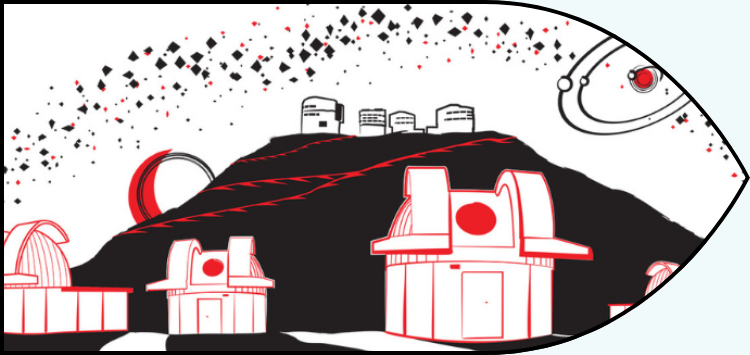
SPECULOOS (Search for habitable Planets EClipsing ULtra-cOOl Stars) is an international project designed to search for Earth-sized planets around ultra-cool dwarf (later than M5) stars and brown dwarfs. Its main scientific goal is to detect terrestrial planets within the habitable zones of their stars. These planets are prime targets for conducting atmosphere characterization using, for example, the James Webb Space Telescope or upcoming extremely large telescopes. Read More
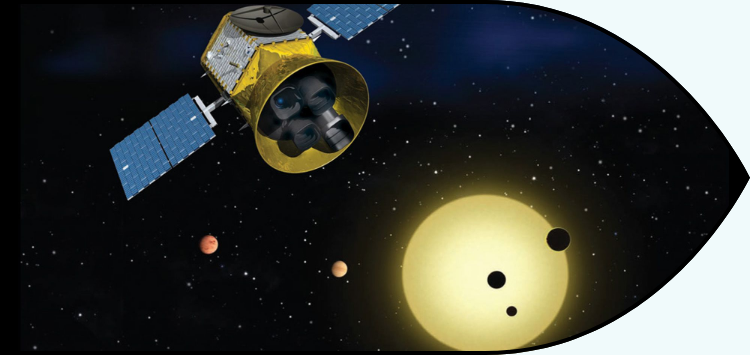
The TESS (Transiting Exoplanet Survey Satellite) mission is a NASA-led space telescope designed to discover thousands of transiting exoplanets in orbit around the nearest and brightest stars in the sky. Its main scientific objectives include identifying small terrestrial planets that allow for measuring their masses using ground-based radial velocity measurements that facilitate future observations by more powerful telescopes. Read More
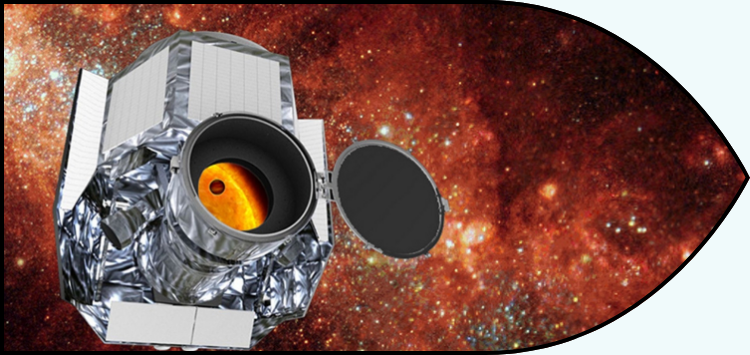
Cheops (Characterising Exoplanet Satellite) is a pioneering ESA space mission focused on precisely studying exoplanets around bright, nearby stars. This mission is unique in its dedication to examining stars already known to host planets, aiming to capture detailed measurements of the planets' sizes as they transit their stars. Cheops specifically targets exoplanets ranging from the size of super-Earths to Neptunes, providing critical data that helps determine their bulk density. This information is a key piece in the puzzle of understanding the nature and composition of these distant worlds. Read More
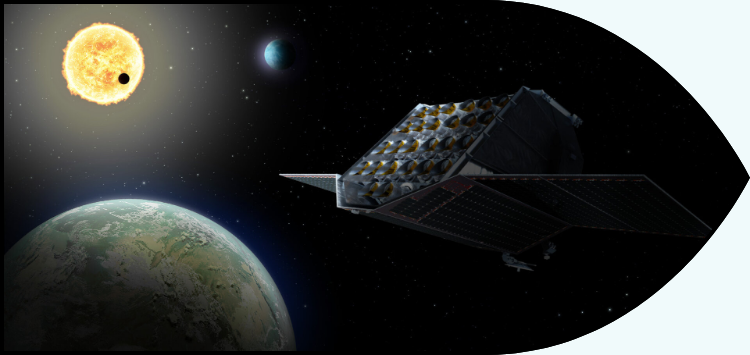
The PLATO (Planetary Transits and Oscillations of Stars) mission is an ambitious ESA project to discover and study transiting exoplanets, notably those orbiting nearby solar-like stars. Scheduled for launch in late 2026, PLATO aims to identify and fully characterize Earth-twins planets within the habitable zones of their host stars, where conditions could be favorable for life. Beyond detecting these exoplanets, PLATO will also delve into the stars' characteristics by conducting detailed stellar oscillation analyses. This dual focus on both planets and their stars will significantly advance our knowledge of planetary system formation and evolution, making PLATO a cornerstone in searching for potentially habitable environments in our solar neighbor. Read More
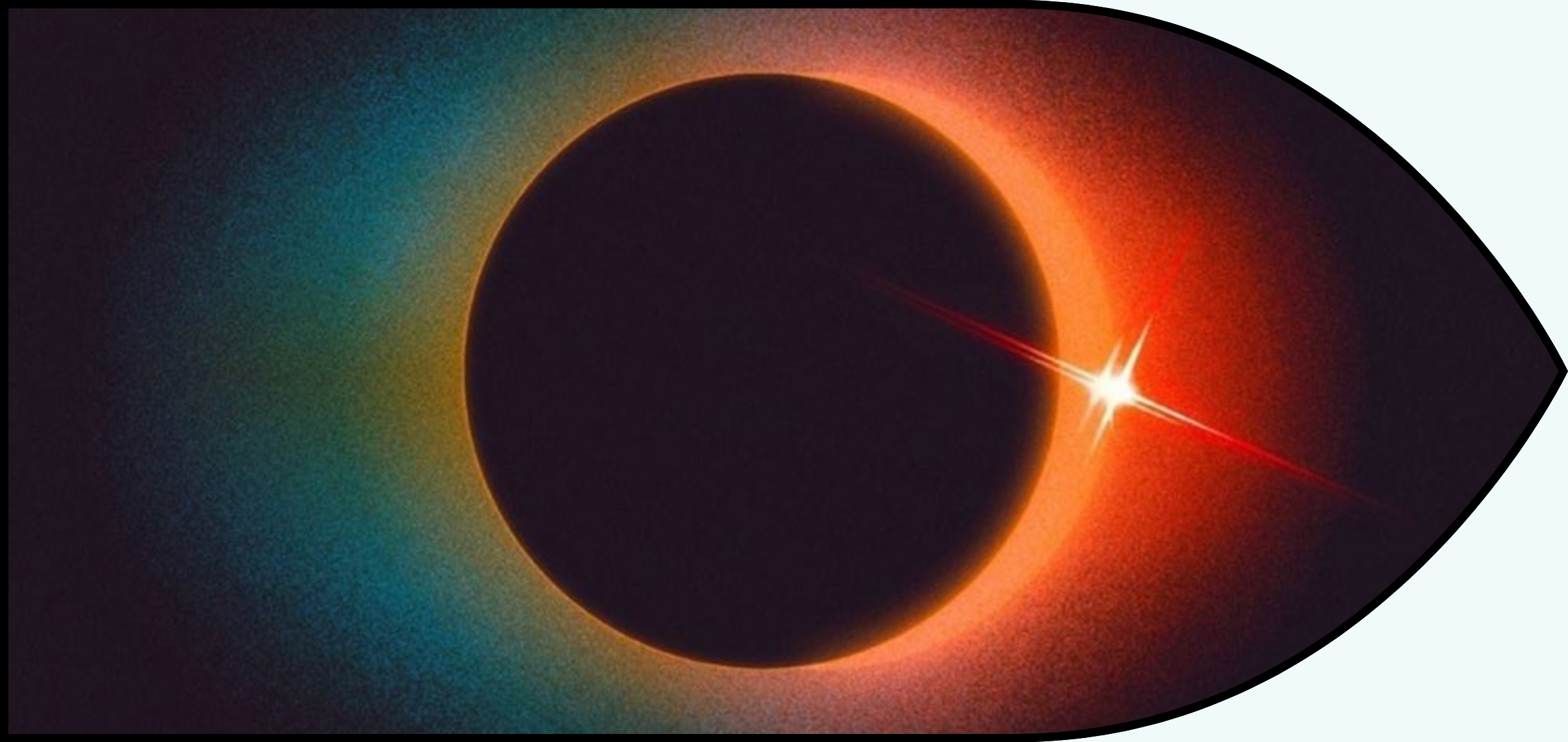
Ariel is the first space mission dedicated entirely to surveying the atmospheres of a diverse sample of exoplanets. By observing visible and infrared wavelengths, Ariel aims to conduct high-precision spectroscopic measurements of around 1,000 exoplanets, ranging from gas giants to small rocky planets. Its primary objective is to decode exoplanets' atmospheric composition and thermal structures. Through techniques such as transit spectroscopy, phase curves, and emission spectroscopy, Ariel will detect key molecules like water vapor, methane, carbon dioxide, and exotic metallic compounds. These observations will help answer fundamental questions such as the chemical compositions of exoplanet atmospheres, how they vary with planetary type and environment, how they evolve over time, and what this tells us about the formation of planetary systems. Read More
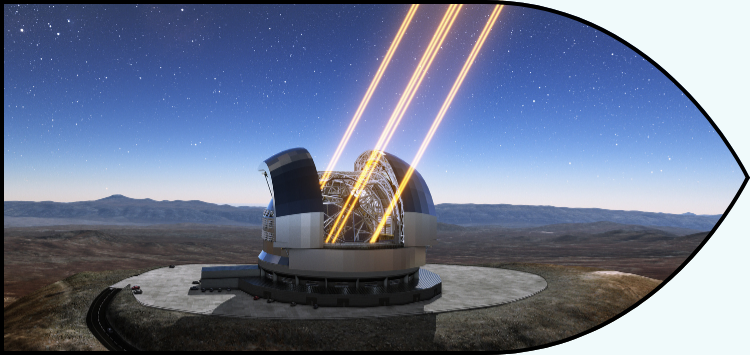
The Extremely Large Telescope (ELT), a groundbreaking project currently under construction by the European Southern Observatory (ESO), is poised to revolutionize exoplanet research. As the world's largest optical and near-infrared telescope, the ELT's 39-meter primary mirror will capture images with unprecedented resolution, opening up new frontiers in our understanding of the universe. A key scientific mission of the ELT is the study and characterization of stars and exoplanets, aiming to unveil new insights about their atmospheres, compositions, and potential habitability through the high-resolution spectrograph ANDES (ArmazoNes high Dispersion Echelle Spectrograph). Read More
Funding Agency: Consejo Superior de Investigaciones Científicas (CSIC)
Duration: 2025-2027
PI: F.J. Pozuelos
Funding: 29,951 EUR
Reference: ILINK24064
Funding Agency: Agencia Estatal de Invesigación (AEI) + Consejo Superior de Investigaciones Científicas (CSIC) + IAA
Duration: 2025-2027
PI: P.J. Amado
Funding: 300,080 EUR
Reference: EQC2024-008123-P
Funding Agency: Agencia Estatal de Invesigación (AEI)
Duration: 2023-2026
PI: P.J. Amado | Co-PI: Cristina Rodríguez-López
Funding: 89,875 EUR
Reference: AEI PID2022-137241NB-C43
Funding Agency: Junta de Andalucía
Duration: 2021-12/2022
PI: P.J. Amado
Funding: 73,650 EUR
Reference: P20-00737
Funding Agency: MICIN
Duration: 2020-2023
PI: P.J. Amado
Funding: 181,500 EUR
Reference: MICIN PID2019-109522GB-C52
Funding Agency: Dirección General de Investigación Científica y Técnica
Duration: 2017-2020
PI: Matilde Fernández Hernández
Funding: 250,000 EUR
Reference: AYA2016-79425-C3-3-P
Funding Agency: Consejo Superior de Investigaciones Científicas (CSIC) + Queen Mary University of London
Duration: 2016-2020
PI: P.J. Amado & R. Nelson
Funding: 135,000 GBP
Funding Agency: Dirección General de Investigación Científica y Técnica. Programa Nacional de Astronomía y Astrofísica
Duration: 2015-2016
PI: Matilde Fernández Hernández
Funding: 471,900 EUR
Reference: AYA2014-54348-C3-1-R
Funding Agency: Junta de Andalucía
Duration: 2013-2017
PI: P.J. Amado
Funding: 194,810 EUR
Our group annually offers several research lines that allow for the completion of master's thesis (MT), Bachelor's thesis (BT), or traineeship projects while fully integrating into our team, acquiring top-tier research training, and developing fundamental skills such as critical thinking, data collection and analysis, teamwork, and communication. These opportunities are also available as part of official traineeship programs such as JAE-Intro, JAE-Intro ICU and CASSUM scholarships, among others. The students also have the opportunity to participate in the PhD and JAE-Intro Days organized in our research institute, where they will have feedback and interaction with other top-level researchers. Through these programs, participants can delve into cutting-edge research topics, working alongside experienced researchers in a supportive and dynamic environment. Our commitment to fostering the next generation of scientists is reflected in our diverse project offers, designed to cover a wide range of interests and expertises. Joining our group in any of these research lines provides a great opportunity to gain valuable hands-on experience, setting a solid foundation for a career in research. Here, you can find some examples of general research topics that we use to offer annually.
Do not hesitate to email us if you are interested in these topics or have any other exoplanet-related ideas in mind. Here you can find some projects carried out by our former students:
Our research group accepts expressions of interest for a variety of prestigious postdoctoral research fellowships such as the Ramón y Cajal , Juan de la Cierva , Emergia , La Caixa Junior Leadership , among others. These fellowships provide an exceptional platform for advancing your academic and research career. In addition to postdoctoral opportunities, we also encourage prospective doctoral candidates to consider joining our research team for their Ph.D. studies. Our group provides a stimulating and collaborative environment, offering guidance and mentorship to ensure the success of your doctoral research. To this end there are several anual schemes such as the National FPU fellowships, La Caixa INPhINIT grants, JAE-Pre fellowships, etc. Our research areas encompass a wide range of disciplines, and we invite you to explore our ongoing projects and areas of expertise. We are committed to fostering a diverse and inclusive research community and welcome applicants from various backgrounds and experiences. If you are interested in any of the mentioned opportunities or have questions about our research group, please do not hesitate to contact us. We look forward to collaborating with talented individuals who share our passion for groundbreaking research.